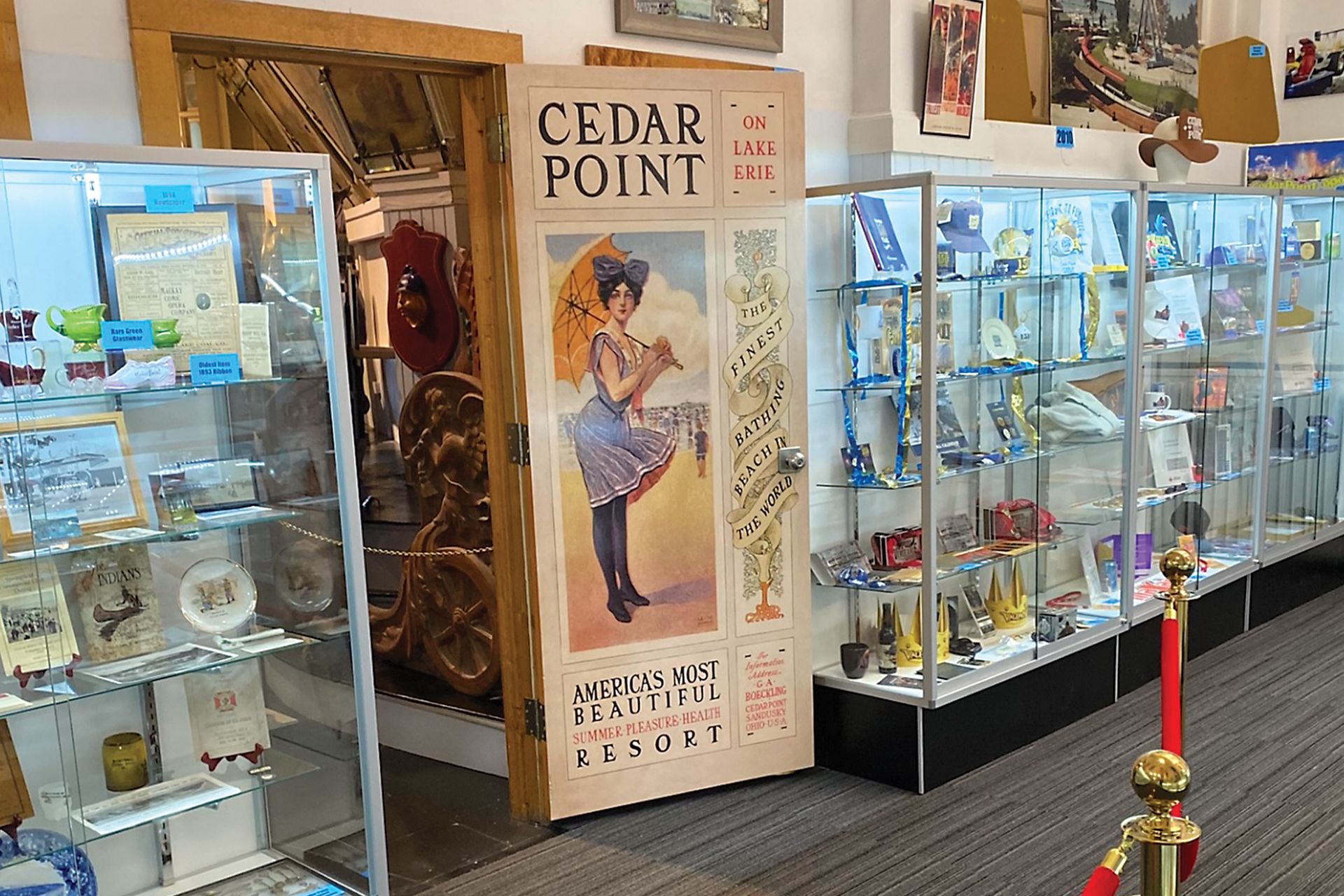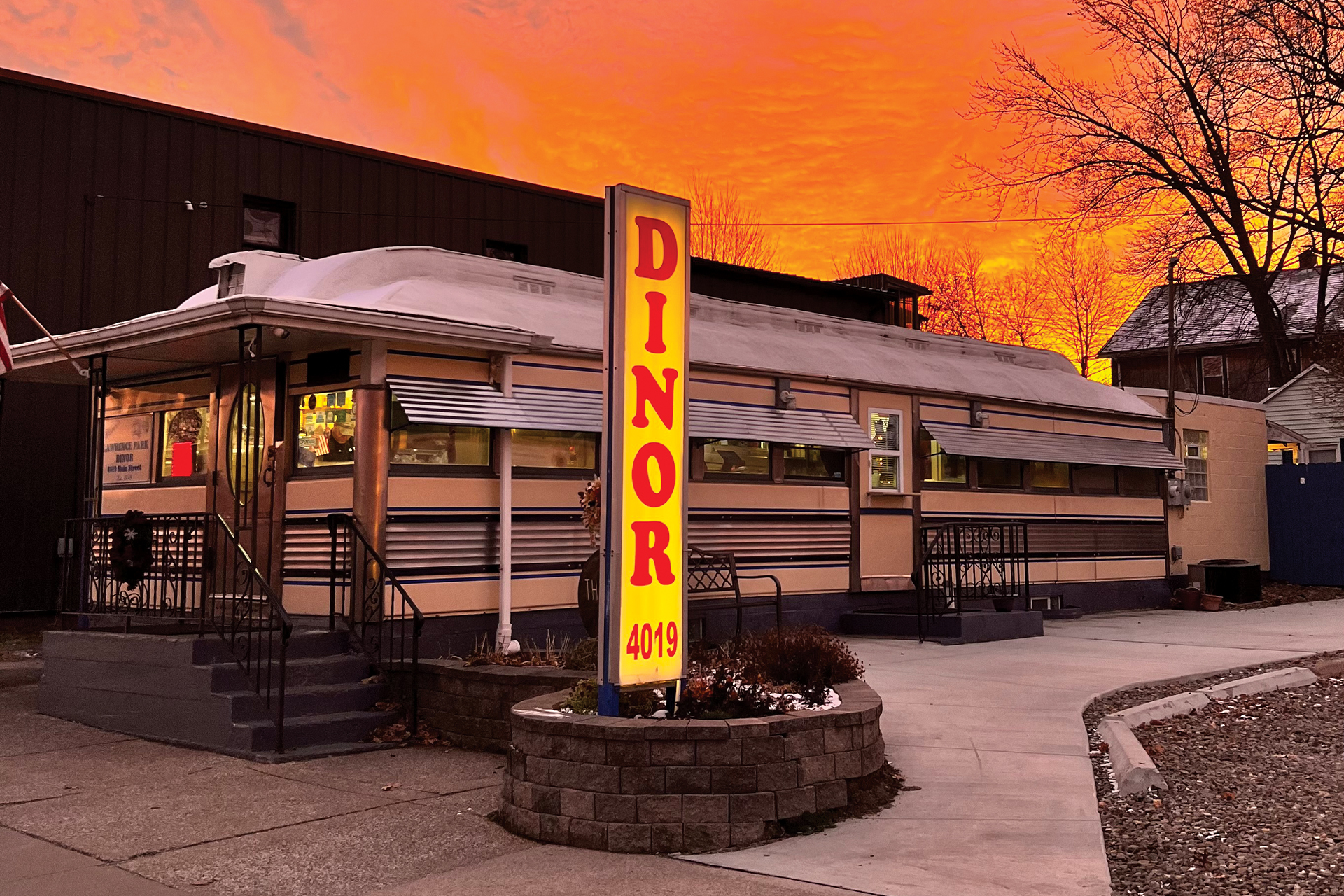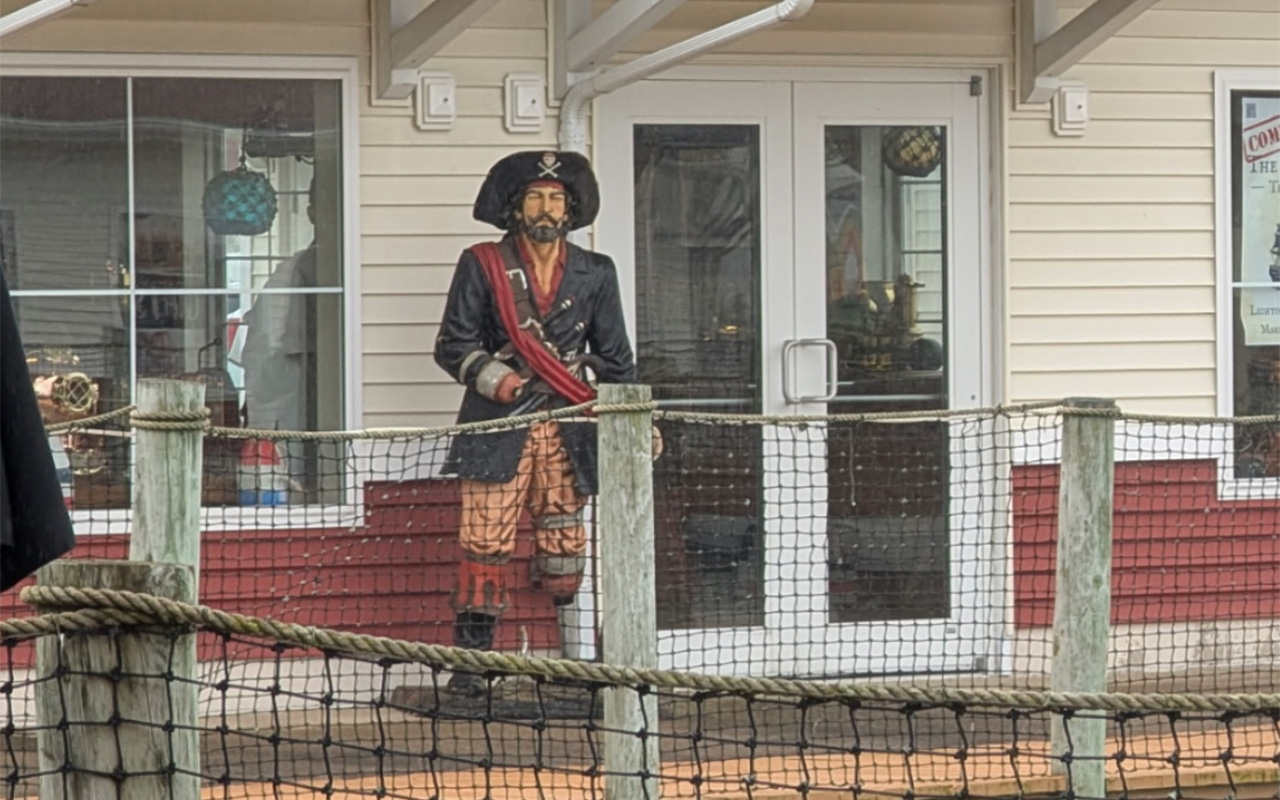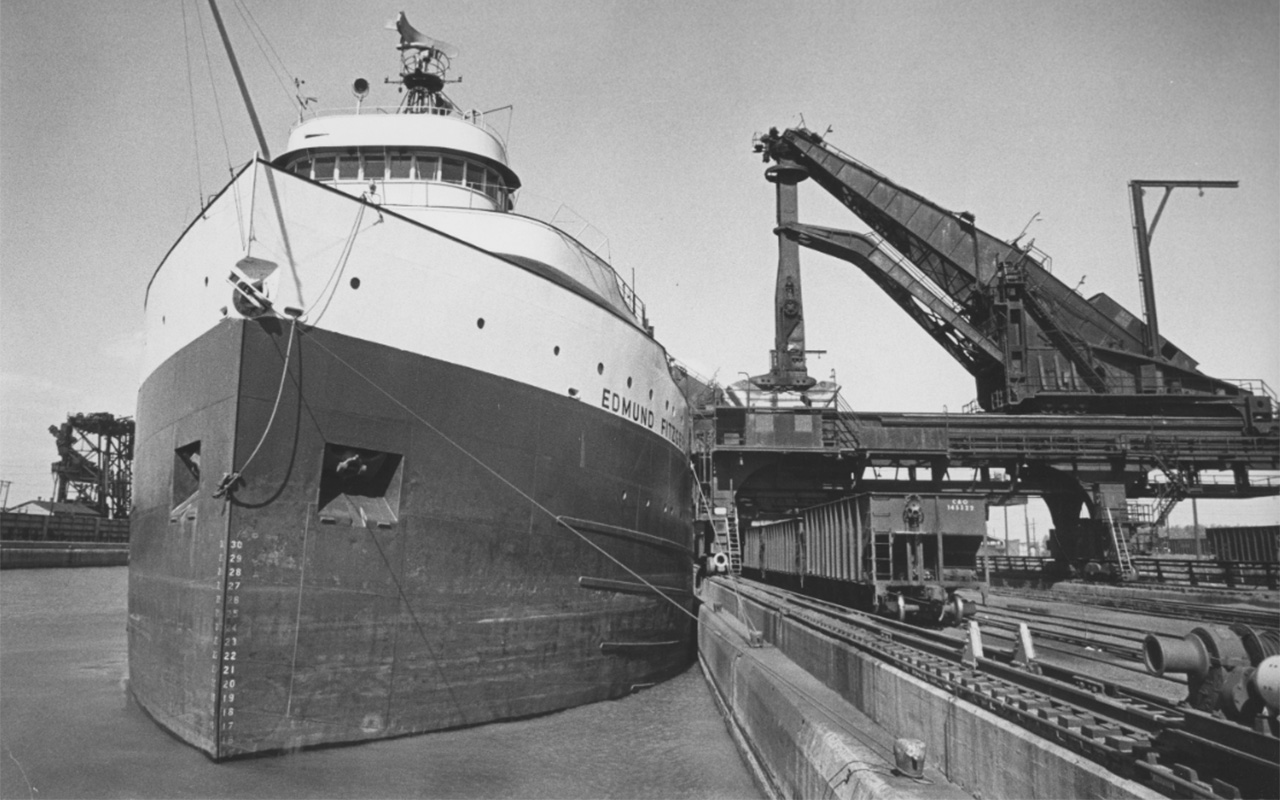Lost Lake Erie: 7 Forgotten Amuseument Parks
Lake Erie remains a destination for thrill seekers and amusement park enthusiasts, thanks largely to Cedar Point and Waldameer & Water World. But decades ago, the lakefront was filled with small amusement parks, many started by the local trolley company. In fact, no city of any size or consequence was without one. And although they’re gone, their memories — and some tangible remnants – live on.
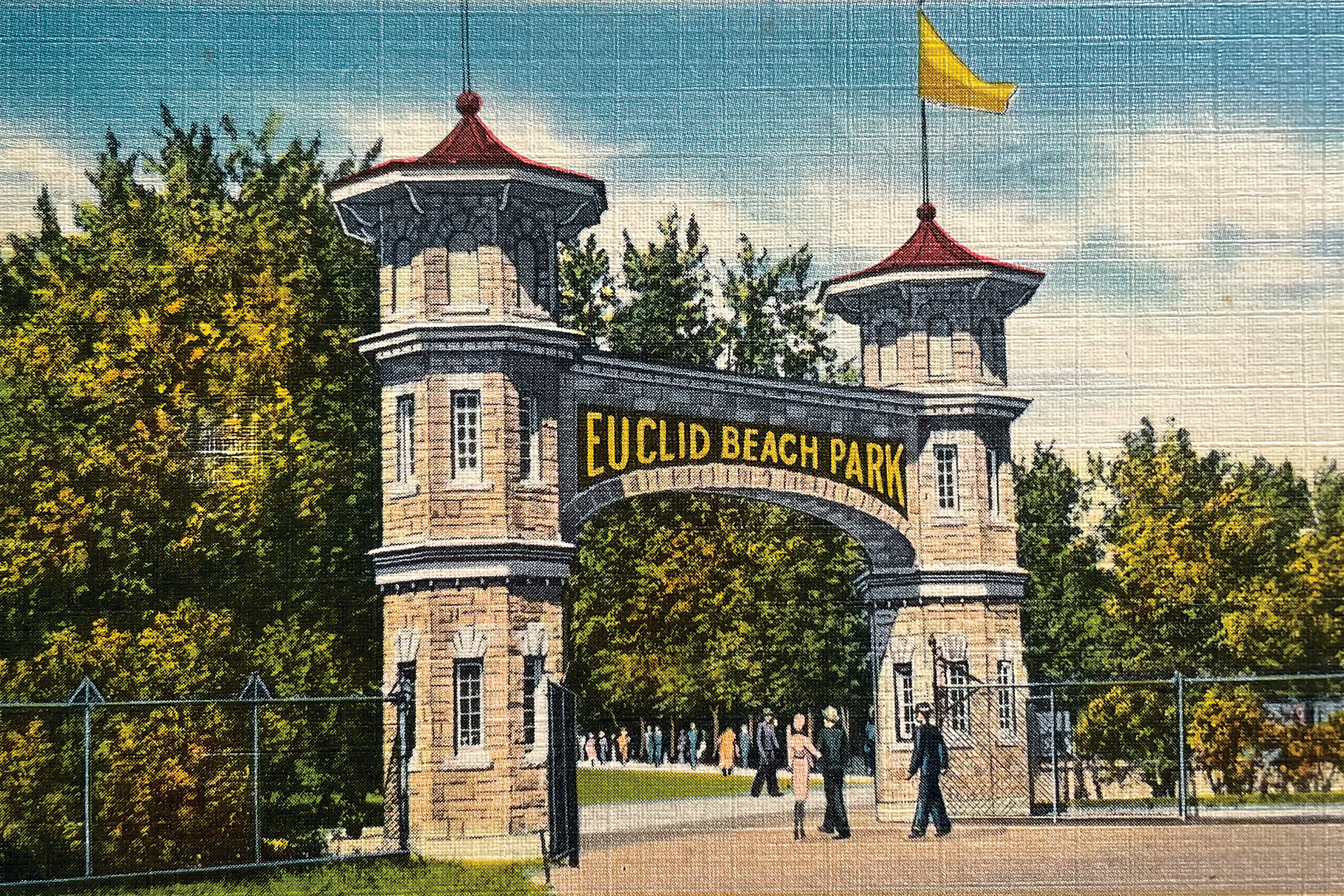
1. Euclid Beach
Built on farmland in Northeast Ohio, Euclid Beach opened in 1895 — and soon became a popular destination due to its family orientation, with no alcohol served at the park. In the early days of aviation, Glenn Curtis took off from there for a memorable flight to Sandusky, Ohio, and John F. Kennedy made several speeches there in his run-up to being elected president in 1960. The park closed in 1969, but it’s never really gone away. The arch that greeted visitors for decades still stands on land now part of Cleveland MetroParks, the carousel has found a new home at the Cleveland History Center, the Derby Racers are now at Cedar Point, and the rocket rides have been turned into fun party vehicles that can be rented for outings.
2. Boblo Island
The birch and beech trees found on a small island in the Detroit River led to it being called Bois Blanc (literally, “white woods”) by the French explorers who found it. The name was corrupted to Boblo Island and, in 1898, the Detroit, Belle Isle and Windsor ferry line started running ships that could hold 2,500 passengers per trip. Initially a picnic ground and recreation area, the ferry stop evolved into an amusement park, with games, rides and what was at one point the largest dance floor in the country with a state-of-the-art (for the time) orchestrion music player. The park was the rival of any of its era (Detroiters called it their Coney Island), but it was buffeted by lawsuits (including a discrimination suit that went all the way to the U.S. Supreme Court) and ownership changes before finally closing in 1993. But it’s still remembered fondly by thousands, if not millions, of people.
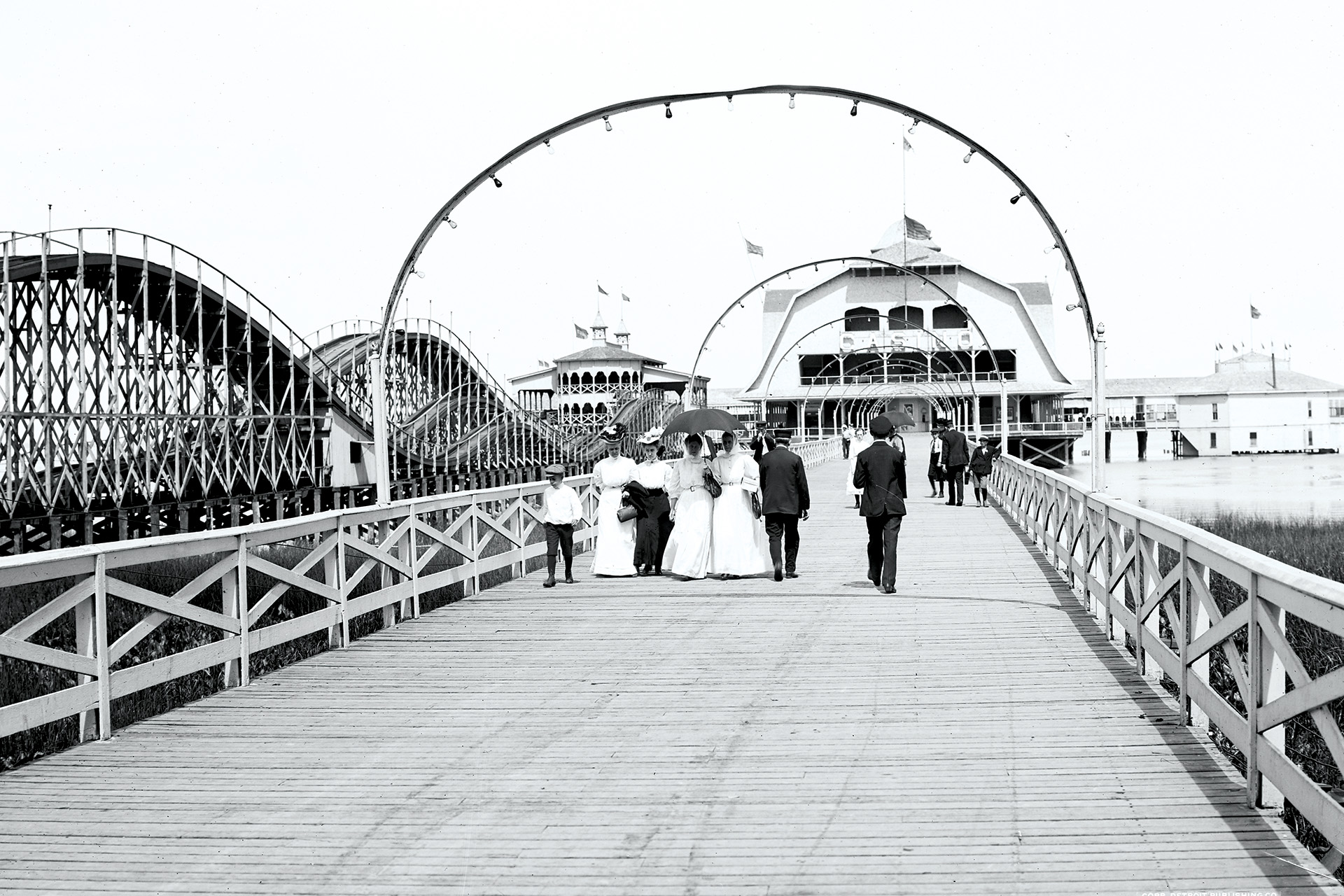
3. Lake Erie Park and Casino
Fire has been one of the great foes of amusement parks, most of which were built quickly, using wood and tar paper. And so it was with the Lake Erie Park and Casino that opened in 1895. The park was served by trolleys coming from downtown Toledo, Ohio, that let people off at a nearly quarter-mile long boardwalk that led to the park. But within four years, it had gone up in flames. It would be a recurring experience. By 1902, just seven years after its opening, the casino was rebuilt for the third time. The emergence of Toledo Beach (see below) as competition seemed like it would hasten the park’s demise, but Toledo Beach’s parent company bought Lake Erie Park and Casino. It’s unclear what the plans would have been because, in 1910, the Park and Casino caught fire, burning to ashes within 45 minutes.
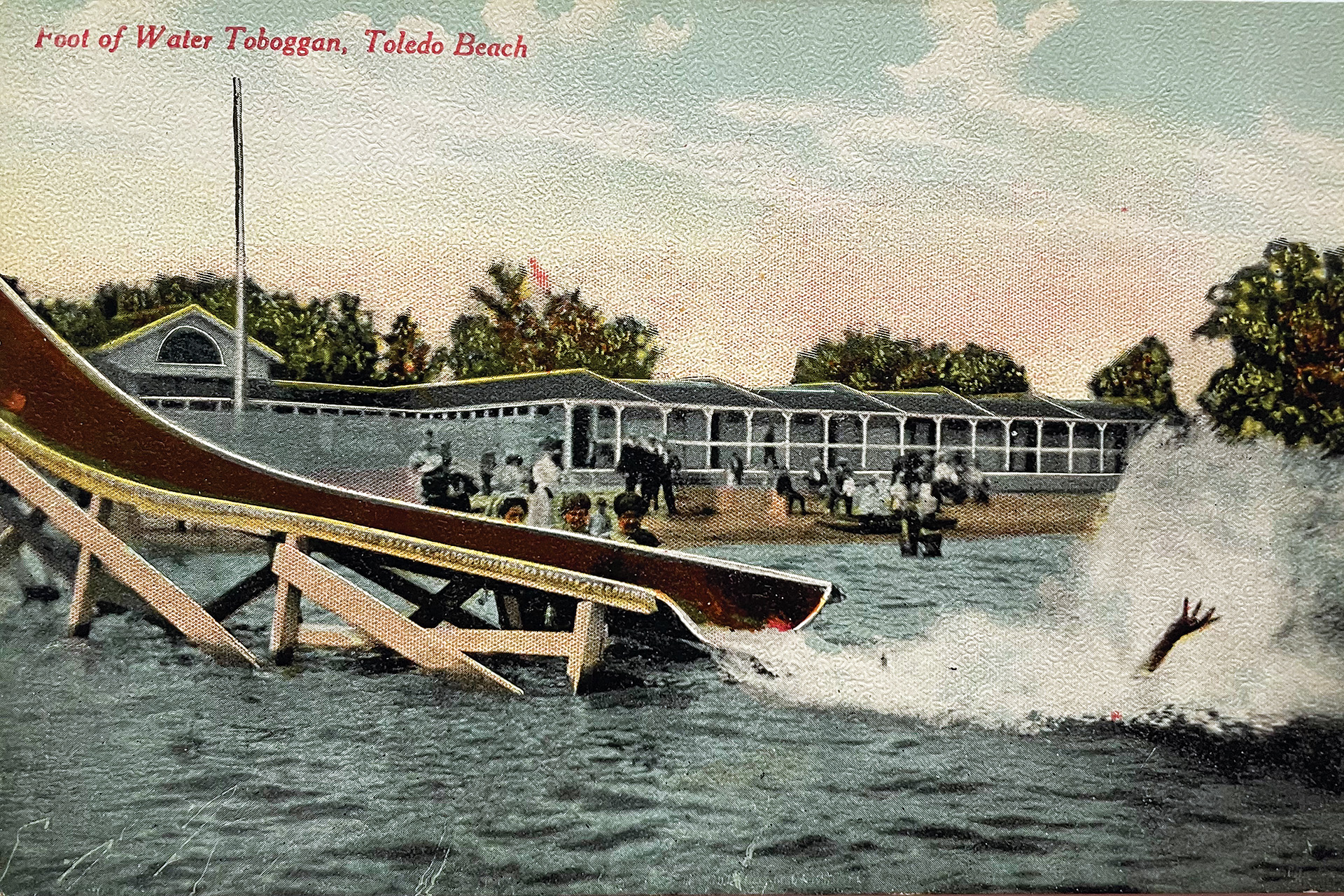
4. Toledo Beach
Don’t let the name fool you. This amusement park is actually just across the state line in Michigan. Started by the Toledo Rail Light and Power Co., the amusement park opened in 1907. The fortunes of most trolley parks rose and fell with the lines that served them, but Toledo Beach’s fate was particularly intertwined with the Toledo, Ottawa Beach and Northern Railway. The interurbans stopped running in 1927, dealing a body blow to Toledo Beach. The Depression then forced the amusement park’s closure, at least temporarily. New rides and attractions were added, and a new Toledo Beach reopened in the 1950s, but the renaissance was short-lived. The beach was dredged and a marina was built, which operates on the site to this day.
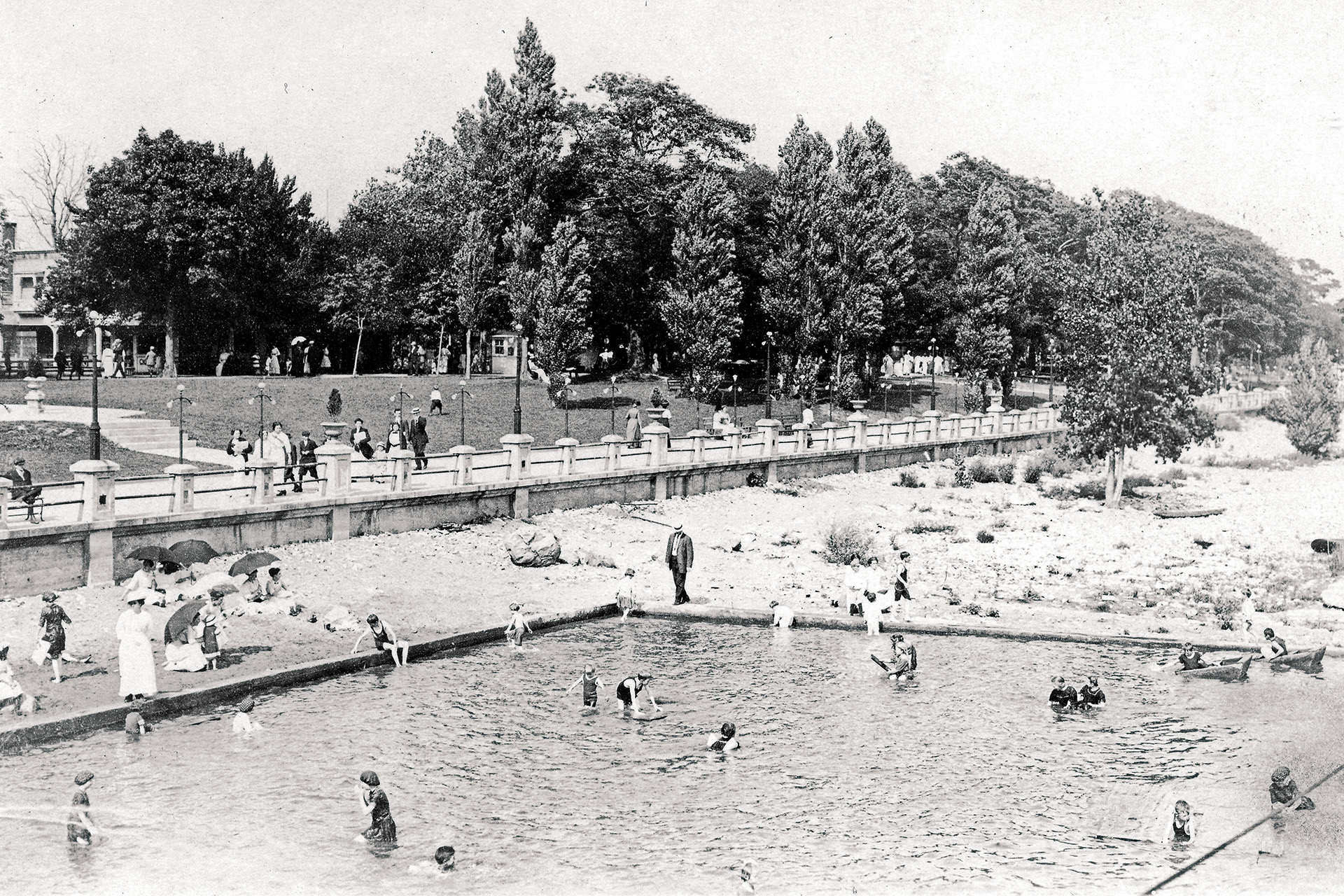
5. Erie Beach
The roots of Erie Beach were found in Snake Hill Grove, a wooded recreation area on the lakeshore in Fort Erie, Ontario, across from Buffalo. In 1904, an amusement park was planned, and a new hotel was built nearby. In 1905, the Erie Beach Hotel was the site of a watershed moment in American civil rights. A meeting there, led by W.E.B. Du Bois, started the Niagara movement, which led to the founding of the NAACP. The Erie Beach Hotel was renowned for a 1,000-foot concrete promenade and what it claimed was the world’s largest swimming pool, with lake water pumped into it. Unfortunately, Erie Beach started to feel the effects of nearby Crystal Beach (see below), and ended up closing in 1930, a casualty of changing times and the Great Depression. Remains of the park can still be spotted, and in 2008, a new concrete walkway was put in, not as opulent as the former promenade, but able to afford a glimpse of what used to be.
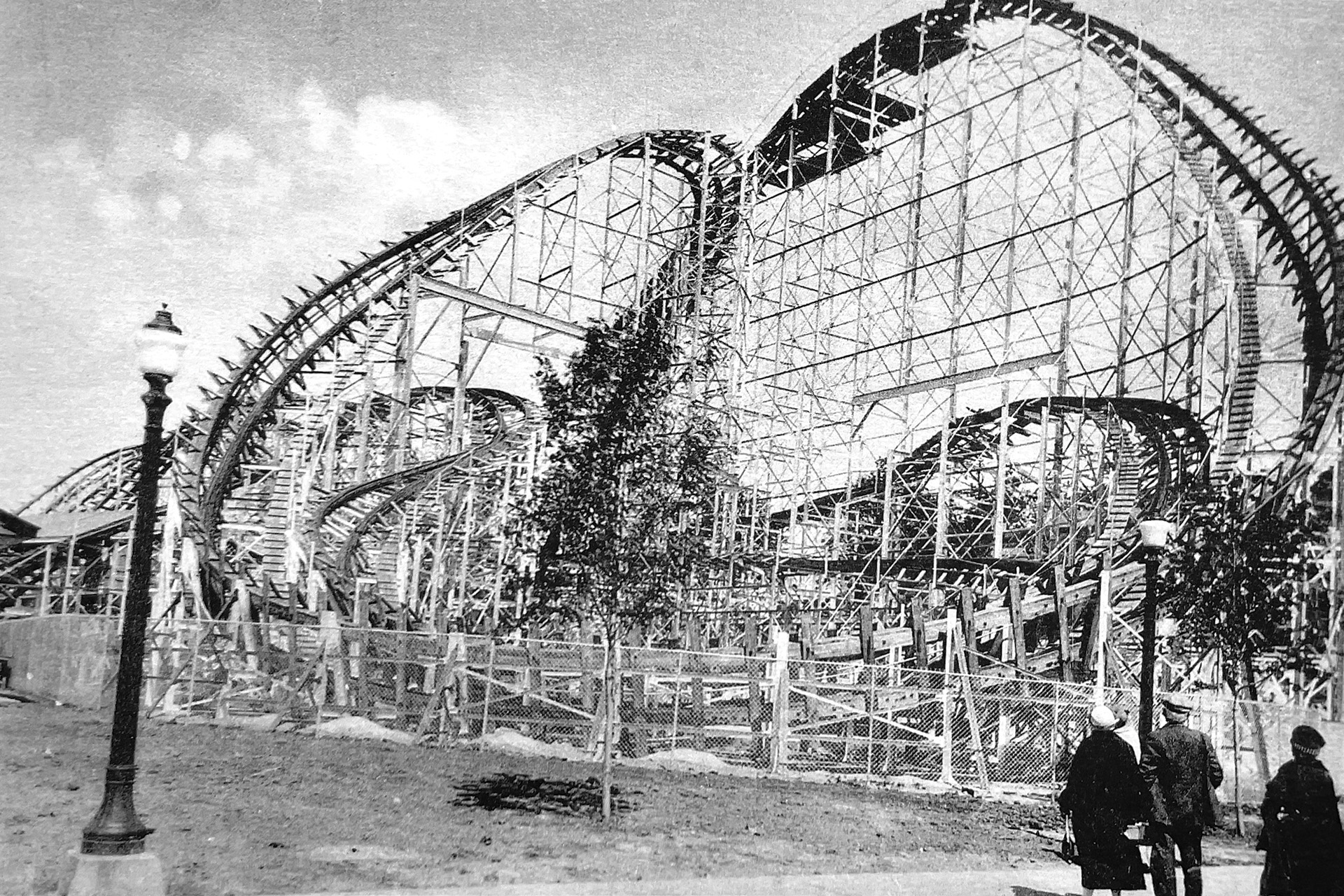
6. Crystal Beach, Ontario
Opened in 1888 in Fort Erie, Ontario, Crystal Beach was served by trains from Canada and ferries from Buffalo. The amusement park is known today to roller coaster enthusiasts as the home of the most fearsome coaster ever built. The Cyclone, which opened in 1927, was one of the “Terrifying Triplets” designed by Harry Traver, along with another Cyclone at Palisades Park in New Jersey and the Lightning at Revere Beach in Massachusetts. The 40-second ride was said to be the roughest ever devised for a roller coaster, with reports of broken bones and bruises by riders. The Cyclone lasted the longest of the three, until 1946. The wood and metal were refashioned into the Comet, which proved even more popular than its painful predecessor, lasting until Crystal Beach’s closure in 1989 — and beyond. After the park closed, the Comet was moved to Queensbury, New York, where it still operates at Six Flags Great Escape.
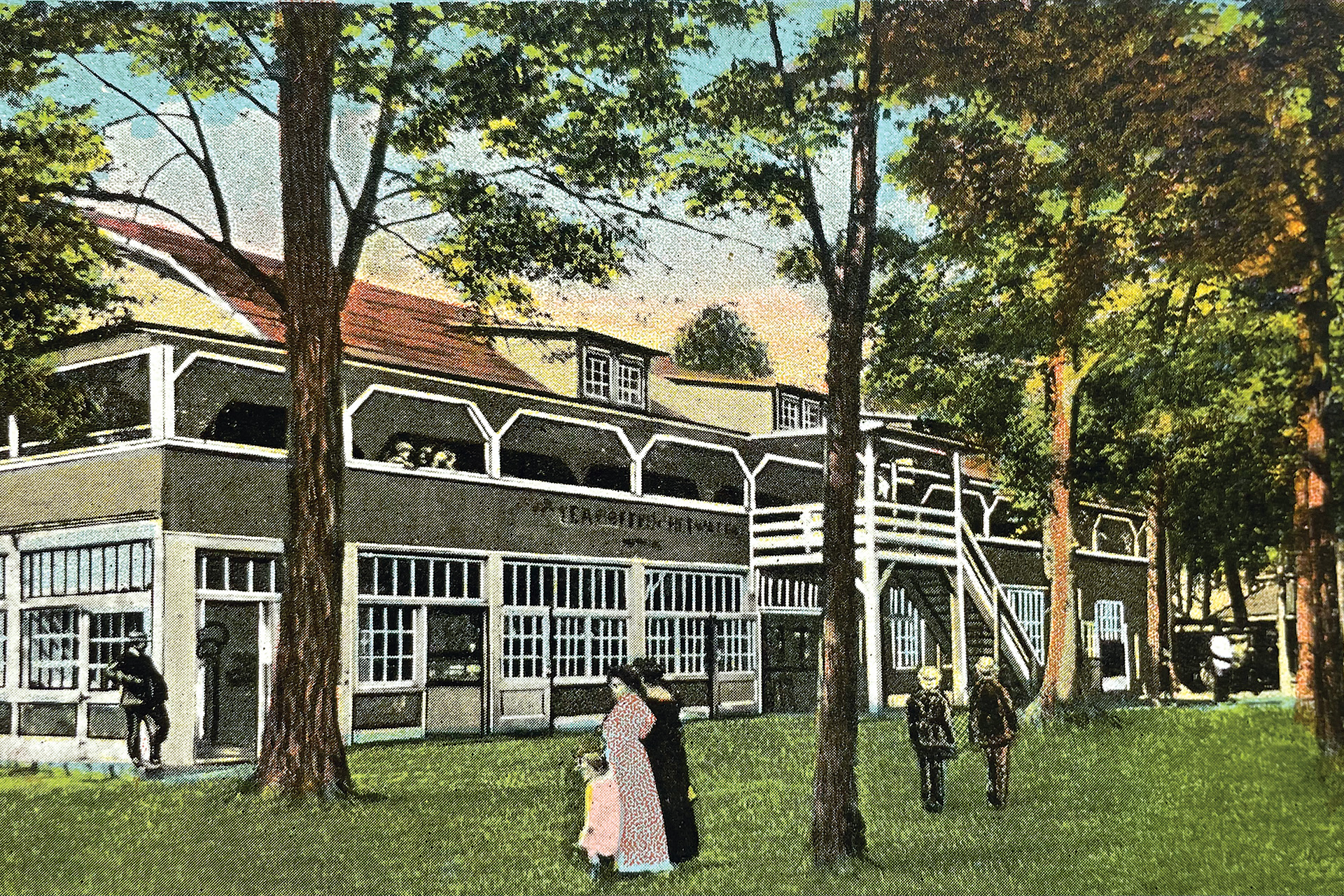
7. Crystal Beach, Vermilion
In 1870, a cow pasture in Vermilion, Ohio, was transformed into Shadduck Lake Park, a beach and picnic area. In 1907, it opened as Crystal Beach Amusement Park, its name coming from co-founder Josephine Blanchat, who said that the sand on the beach shimmered like crystals. The park had a standard complement of rides, as well as a water toboggan that ran down a cliff and into the water of Lake Erie. The ballroom hosted a variety of acts, including Louis Armstrong, Sammy Kaye and the Everly Brothers. Ella Fitzgerald sang there as a young vocalist as well. In 1947, a fire burned down several buildings on the grounds, but the park rebuilt. The end came in 1962, as the park, family-owned for its entire existence, was sold for redevelopment. The final event at the park’s illustrious ballroom was held three years later, and now there is virtually no trace that the park ever existed.
Staying in the Past
Like most old-time amusement parks, Crystal Beach in Ontario is long gone, but a new hotel is offering more tangible reminders of its existence. Hotel Philco opened in 2022. Formerly the Ontario Hotel, it underwent a five-year, multi-million-dollar renovation and now has themed rooms — including one dedicated to the former amusement park. The 500-square-feet Crystal Beach room is painted in bright hues that suggest an amusement park midway and decorated with photos, signs and pieces of memorabilia from the park, including a funhouse mirror and a Wild Mouse rollercoaster car that sits at the foot of the bed. In fact, the floor of the room is made from recycled wood from the amusement park.
Stay on top of everything Lake Erie has to offer — all year long — by subscribing to our free The Splash newsletter. It’s your guide to the best food, drinks, parks, beaches, shopping, festivals, music and more.


